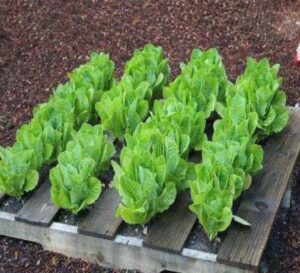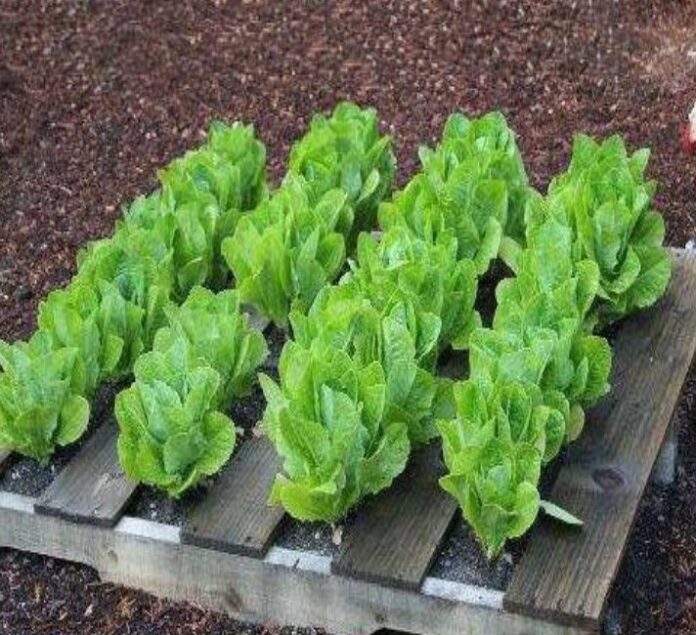Subsistence farming refers to small-scale agriculture practices, primarily for providing food and basic necessities for the farmers and their families. It is characterized by limited use of external inputs such as fertilizers, pesticides, and machinery, and by a focus on self-sufficiency rather than commercial production. Subsistence farming in Nigeria is common in many developing countries where farmers have limited resources and access to markets.
Types of subsistence farming in Nigeria
There are several types of subsistence farming, including:
- Shifting Cultivation: Also known as slash-and-burn agriculture, this method involves clearing a plot of land and farming it until the soil fertility decreases, at which point the farmer moves to a new plot.
- Intensive Subsistence Agriculture: This type of subsistence farming is characterized by high population densities, intensive labor inputs, and the use of simple tools and techniques to produce crops. It is often practiced in densely populated areas where land is scarce.
- Peasant Agriculture: This type of subsistence farming is common in rural areas of developing countries, where small farmers grow crops for their own consumption and to sell in local markets
- Horticultural Subsistence: This type of subsistence farming involves the cultivation of fruit and vegetable crops, often using simple irrigation systems and simple tools.
- Livestock Subsistence: This type of subsistence farming involves raising animals, such as cattle, sheep, and goats, for food, clothing, and other uses. It is common in areas where arable land is limited.

Characteristics of subsistence farming
The following are some of the main characteristics of subsistence farming:
- Small scale: Subsistence farms are typically small in size, often covering only a few hectares of land.
- Family-based: Subsistence farming is typically carried out by families or small groups of people, who work together to produce food and other necessities.
- Self-sufficient: Subsistence farmers aim to be self-sufficient, producing enough food, clothing, and other necessities to meet their needs without relying on external sources.
- Limited use of technology: Subsistence farmers often use simple tools and techniques and have limited access to modern technology and inputs such as fertilizers, pesticides, and machinery.
- Focus on basic needs: The primary goal of subsistence farming is to produce enough food and other necessities to meet the basic needs of the farmers and their families.
- Low-income: Subsistence farmers typically have low incomes and limited access to markets and financial services.
- Diversified crops and livestock: Subsistence farmers often grow a variety of crops and raise multiple types of livestock to ensure food security and to reduce the risk of crop failures.
- Traditional practices: Subsistence farmers often rely on traditional practices, knowledge, and techniques passed down from generation to generation.
Subsistence crops with example
Subsistence crops are those grown primarily for the consumption of the farmers and their families, rather than for sale. Here are some examples of subsistence crops:
- Staple crops: These are the main source of food for subsistence farmers and include crops such as rice, maize, wheat, millet, and cassava.
- Legumes: Legumes, such as beans, lentils, and chickpeas, are an important source of protein in subsistence agriculture.
- Vegetables: Vegetables such as tomatoes, potatoes, onions, and leafy greens are grown for their nutritious value and to supplement the diet of subsistence farmers.
- Root crops: Root crops such as yams, sweet potatoes, and taro are an important source of carbohydrates and are grown widely in subsistence agriculture.
- Fruits: Fruit trees such as mangoes, bananas, and citrus are grown for their nutritious value and as a source of food during times when other crops are not available.
- Livestock: Livestock such as cattle, sheep, goats, and chickens are often raised in subsistence agriculture for meat, milk, and eggs.
These crops vary depending on the region and the availability of water, soil, and other resources. However, subsistence crops are typically chosen for their ability to provide adequate nutrition for the farmers and their families, their hardiness in difficult growing conditions, and their adaptability to local growing conditions.
Advantages of subsistence farming in Nigeria
Here are some of the main advantages of subsistence farming:
- Food security: Subsistence farming provides a reliable source of food for the farmers and their families, ensuring their basic needs are met.
- Self-sufficiency: By producing their own food, subsistence farmers are less dependent on external sources, reducing their vulnerability to market fluctuations and food shortages.
- Sustainability: Subsistence farming is often based on traditional practices that are adapted to local growing conditions, making it a sustainable form of agriculture that can be maintained over the long-term.
- Cultural preservation: Subsistence farming helps to preserve traditional farming practices, knowledge, and cultural values that may otherwise be lost.
- Employment: Subsistence farming provides employment opportunities in rural areas, helping to support local communities and reducing the need for migration to urban areas.
- Biodiversity: Subsistence farming often involves growing a variety of crops, including staple crops and cash crops, as well as raising livestock. This can help to maintain biodiversity and improve the resilience of the local ecosystem.
- Reduced environmental impact: Subsistence farming typically involves the use of simple tools and techniques and limited use of external inputs such as fertilizers and pesticides, reducing the environmental impact of agriculture.
Disadvantages of subsistence farming
Here are some of the main disadvantages of subsistence farming:
- Low productivity: Subsistence farming often involves the use of simple tools and techniques, limiting the productivity of the farm. This can result in low yields and reduced income for the farmers.
- Limited access to markets: Subsistence farmers often have limited access to markets, reducing their ability to sell surplus crops and earn additional income.
- Vulnerability to crop failures: Subsistence farmers often grow a limited number of crops, making them vulnerable to crop failures due to natural disasters, pests, and diseases.
- Poverty: Subsistence farmers typically have low incomes, limited access to financial services, and few opportunities for income generation, contributing to persistent poverty in rural areas.
- Lack of technology and inputs: Subsistence farmers often have limited access to modern technology and inputs such as fertilizers, pesticides, and irrigation systems, limiting their ability to improve yields and increase productivity.
- Dependence on natural resources: Subsistence farming often relies heavily on natural resources such as water and fertile soil, making it vulnerable to environmental degradation and resource depletion.
- Health risks: Subsistence farmers may be exposed to health risks such as malnutrition, diseases, and pesticide exposure, as a result of their work and living conditions.


